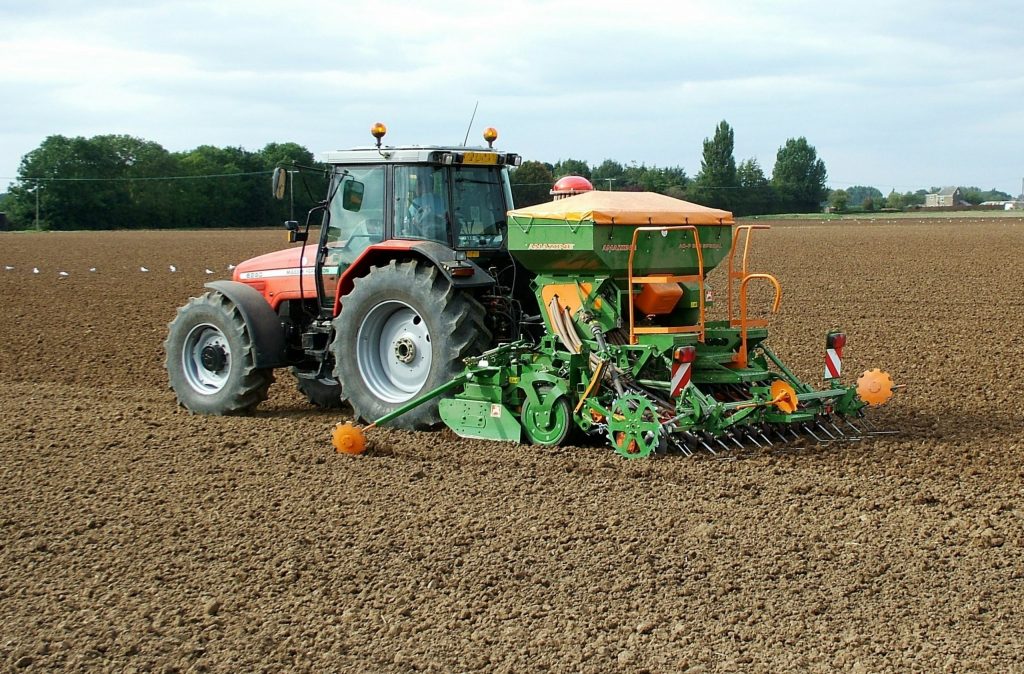Maximising the potential of late drilled wheat
Ben Haste shares advice on how to maximise the potential of late drilled wheat ...
Wheat drilling on heavy ground in the second half of October can deliver excellent yields as well as first class black-grass control. But success demands more attention to agronomic detail than earlier autumn planting and a different nutritional approach to traditional wheats after roots, advises Ben Haste, agronomist for Farmacy and farmer based in Suffolk.
All wheat crops require approximately 150 day °C to get from sowing to emergence, regardless of when they were drilled. In September, this is likely to be around 11 days, by October it is 15 days, and by November this stretches out to nearer 26 days.
As a result, later sown crops are at greater risk from soil pests, diseases, and adverse soil conditions, as they take longer to emerge. However, they can also bring benefits in the fight against grass weeds, disease, and lodging – taking the pressure off chemical controls and spray timings.
While there are risks to drilling late, growers will benefit from a reduced risk of septoria as crops will be exposed to fewer cycles of the disease. However the counterbalance to this is the risk of yellow rust should also decrease.
“As well as getting late-drilled wheats off to the best possible start, you’ve got to keep them going strongly as they come through the winter,” he says.
“Unlike traditional wheats after roots, they’re unlikely to have plenty of available nutrition in the soil and, in many cases, they must cope with the extra nutrient drain of incorporated straw.”
“Soils will be rapidly cooling and with this there is less biological cycling in the soil and thus a much slower availability of nutrients to the plant.”
He believes the best way to ensure a late drilled crop reaches its full potential is to ensure nutritionally it has the upper hand to keep it out of a stress situation and in this way avoid increasing its susceptibility to disease.
“Feeding crops is vital to keep late-drilled wheat going through the winter months. It is important that N, P and K are all applied correctly, efficiently and sustainably and most importantly at the right balance that your soils require.”
“It is key to be aware of the overall nutritional picture of each field,” he notes.
If phosphate has not gone on with the seed, then it needs to be applied early to encourage rooting- but its availability is reduced in cold wet soils so consider using a liquid phosphate fertiliser which is more readily taken up in these conditions.
“Also, just like second wheats, a good early dose of nitrogen will be important to maximise tiller retention. By which I mean 60-80 kg N/ha in mid-February if conditions permit, ideally accompanied by fresh phosphate, some potash to support shoot development and sulphur to balance the nitrogen.”
“Then you should come back with the nitrogen regularly to keep the crops going, so you don’t leave a ‘hungry gap’. And once they’re growing away apply an early, low temperature-active PGR. This will help tiller retention, promote rooting and counteract the tendency for thick crops with thinner shoots to be more prone to lodging.
Mr Haste also recommends a good dose of a seaweed bio-stimulant at this stage. ”This helps to boost young plant immunity and is fantastic for feeding the soil life, thereby keeping the biology cycling providing a better soil environment for the release of nutrients to the plant.”
“It’s all a matter of recognising the challenges of later drilling and doing everything possible to counteract them so you can take full advantage of its valuable role in managing black-grass.”
